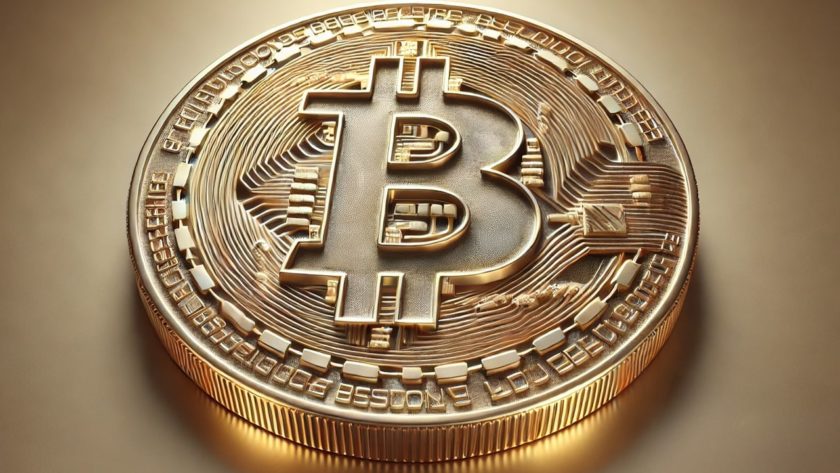- After gaining as much as 1.5%, the S&P 500 Index turned negative Wednesday morning.
- The technology-heavy Nasdaq Composite Index plunged 2.1%.
- FAANG stocks are down across the board.
U.S. stocks turned negative Wednesday morning, weighed down by plunging technology shares and negative virus headlines.
S&P 500, Nasdaq Decline; Dow Holds Gains
The large-cap S&P 500 Index reached an intraday high of 3,021.72 before pulling back sharply mid-morning. It bottomed at 2,969.75 for a decline of 1.7% from its intraday peak.
Losses are concentrated in five of 11 primary sectors, with information technology leading the declines. Health care, communication services, and discretionary shares also fell sharply.
The technology-focused Nasdaq Composite Index declined by as much as 2.1% before paring losses. It was last down 1.6%.
Surging bank shares helped the Dow Jones Industrial Average buck the downtrend. The industrials benchmark rallied by as much as 360 points.
Tech Stocks Lead Declines
The S&P 500 and Nasdaq are being weighed down by volatile technology shares, with all five FAANG constituents reporting declines.
As CNBC reports, shares of Facebook (NASDAQ:FB), Amazon (NASDAQ:AMZN), Apple (NASDAQ:AAPL), Netflix (NASDAQ:NFLX), and Google-parent Alphabet (NASDAQ:GOOGL) are all down at least 0.5%.
The S&P 500 briefly eclipsed 3,000 on Wednesday, a significant psychological and technical milestone for investors. The 3,000 level represents the index’s average price over the past 200 days.
Stocks have rebounded more than 30% from their March lows, but not everyone believes the rally can last. Analysts at JPMorgan have warned investors to brace for a significant pullback heading into the summer due to the lingering effect of government lockdown orders.
Although the U.S. economy is entering a recession, some analysts believe a “depression” is less likely:
The U.S. economy showed tentative signs of recovery midway through the second quarter, but surging unemployment claims suggest a deep recession is all but inevitable.
On Thursday, the Department of Labor is expected to show another 2.1 million jobless claims for the week ending May 23, bringing the ten-week total to over 40 million.
This article was edited by Josiah Wilmoth.
Last modified: May 27, 2020 3:31 PM UTC




